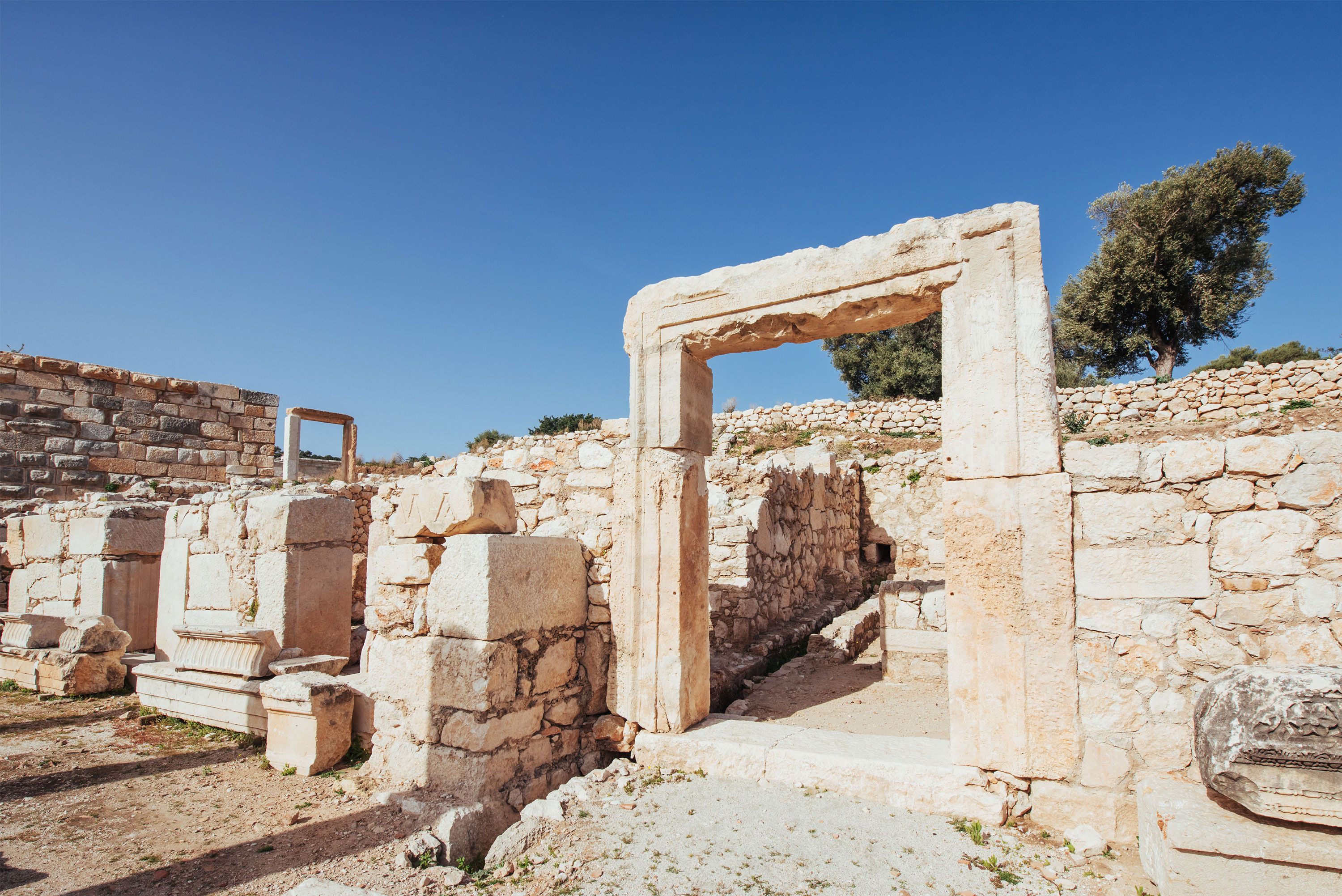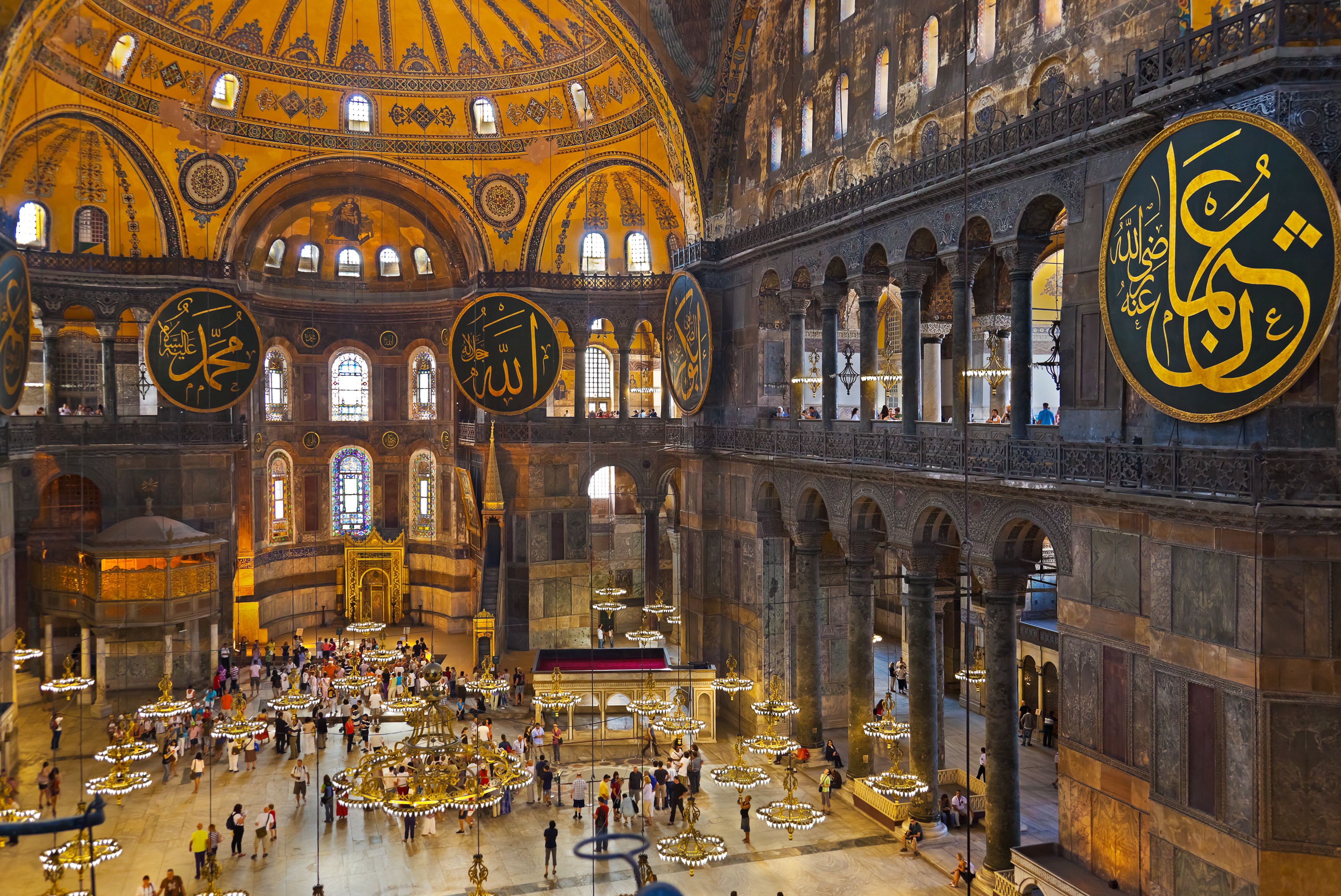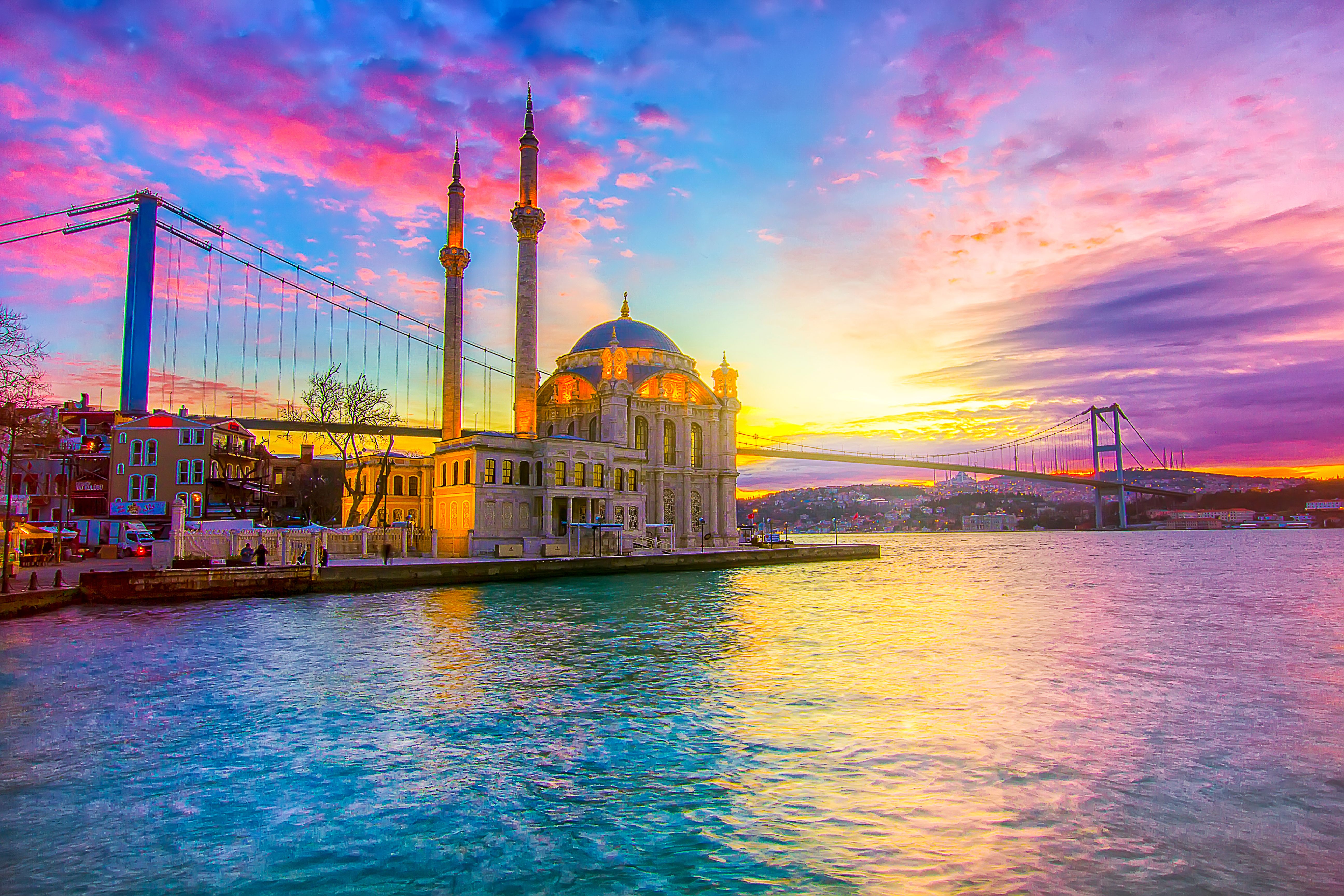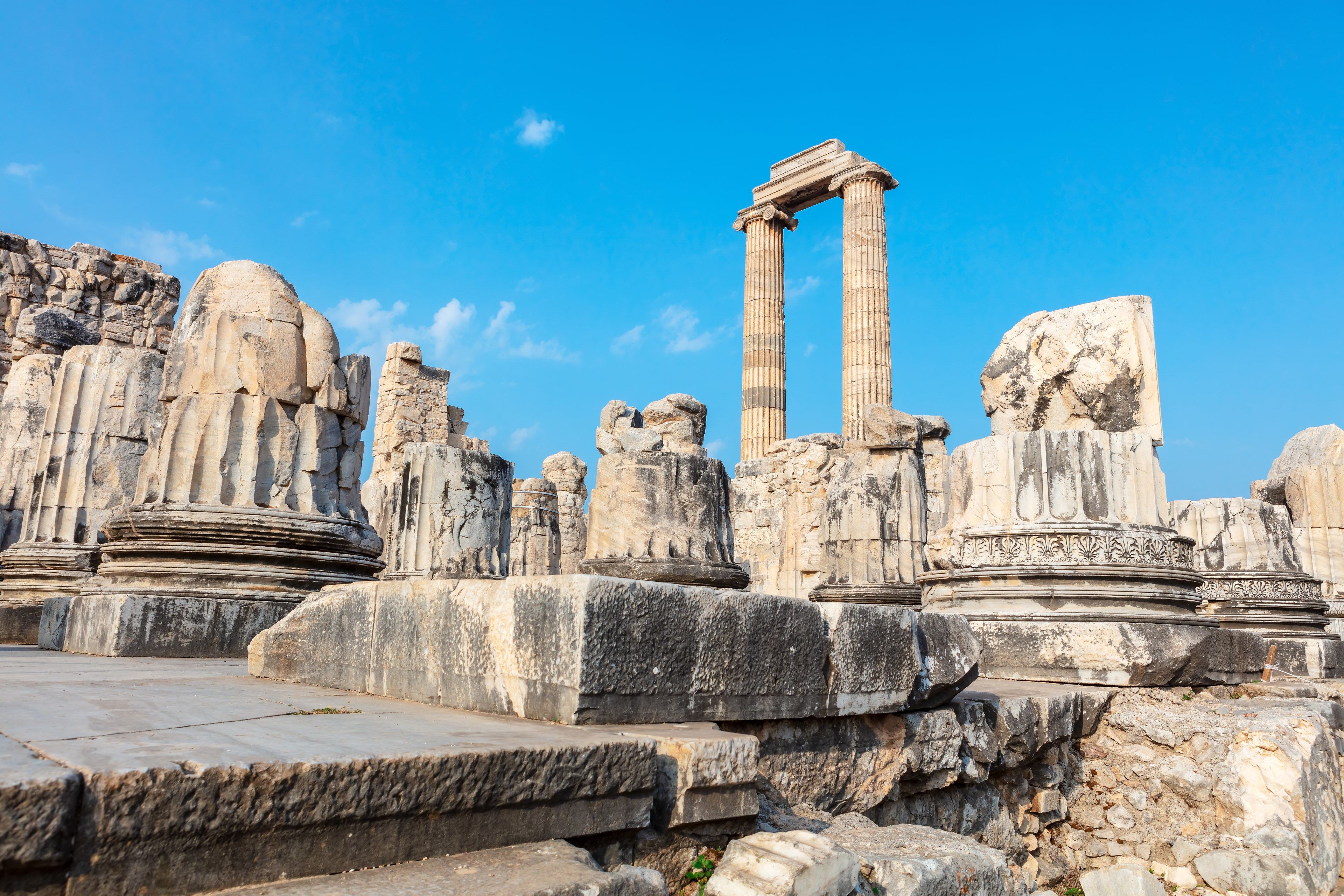Classical Turkey: The Aegean Coast
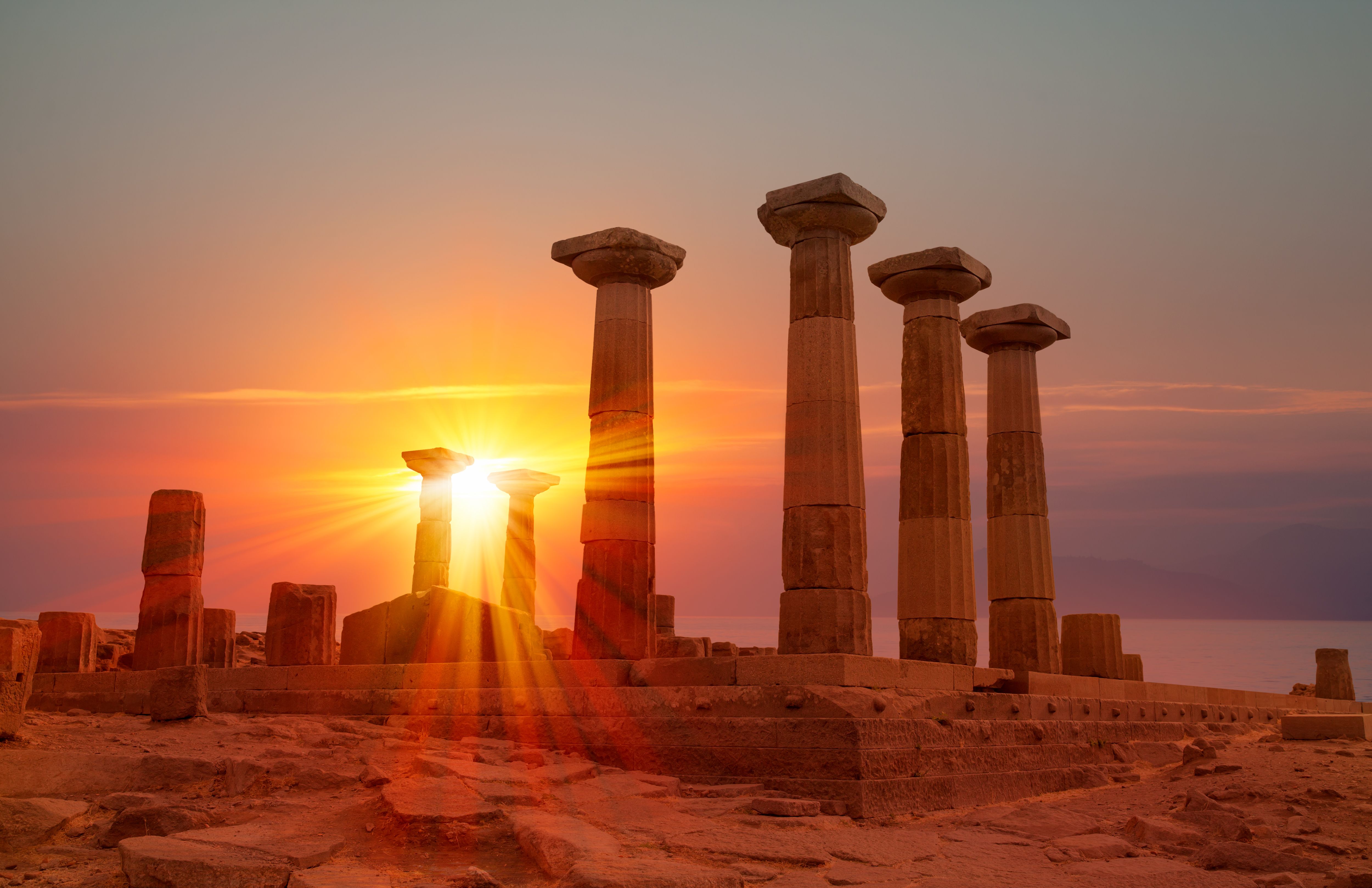
Summary
The Greek and Roman cities of Turkey’s Aegean coast were once some of the most powerful in the ancient world, from - if Homer is to be believed - the site of the legendary conflict between Greeks and Trojans, to the World Heritage Site of Hierapolis. The remains of these splendid cities are set in a breathtaking landscape of rugged limestone peaks, plunging valleys, olive groves, pine forests and flower-dotted meadows, with the glittering blue waters of the Aegean Sea highlighting the distance.
Each site we visit offers a memorable experience, but the star attraction is undoubtedly the special access we have to the Roman-era terraced houses of Ephesus, whose painted walls and mosaics are amazing.
What to Expect
- Gaze upon the mighty walls of Troy as everyone from Achilles to Alexander the Great has desired to do
- Enjoy special access to the Roman-era houses of Ephesus
- Explore remarkably well-preserved classical cities such as Pergamon, Miletus and Aphrodisias, and discover a range of evocative lesser-known ruins
